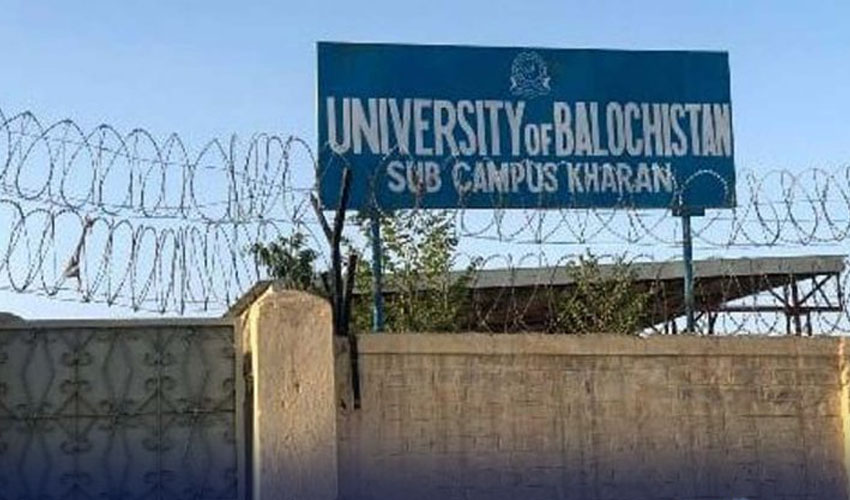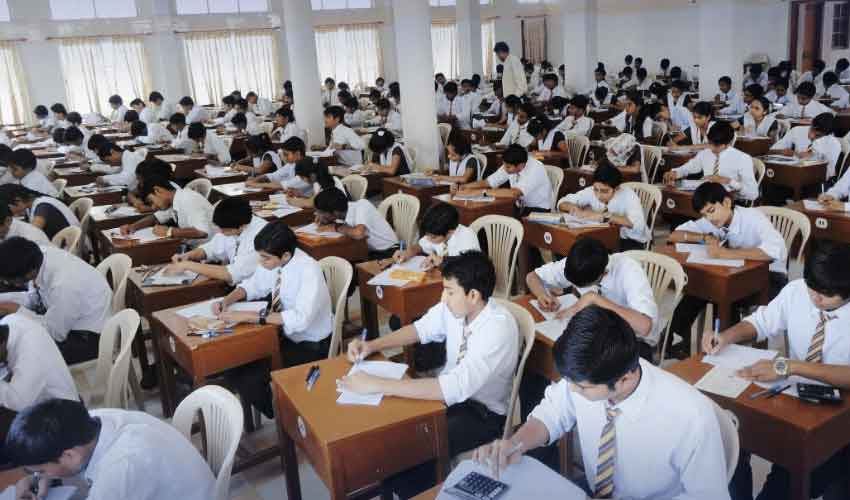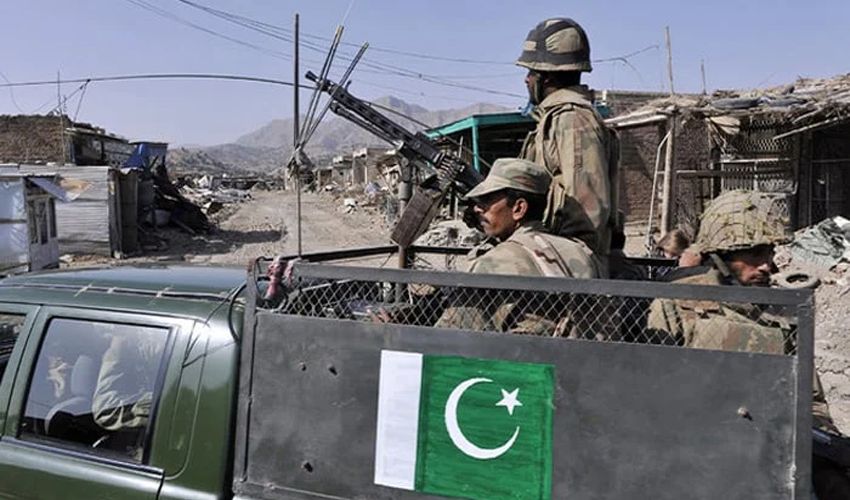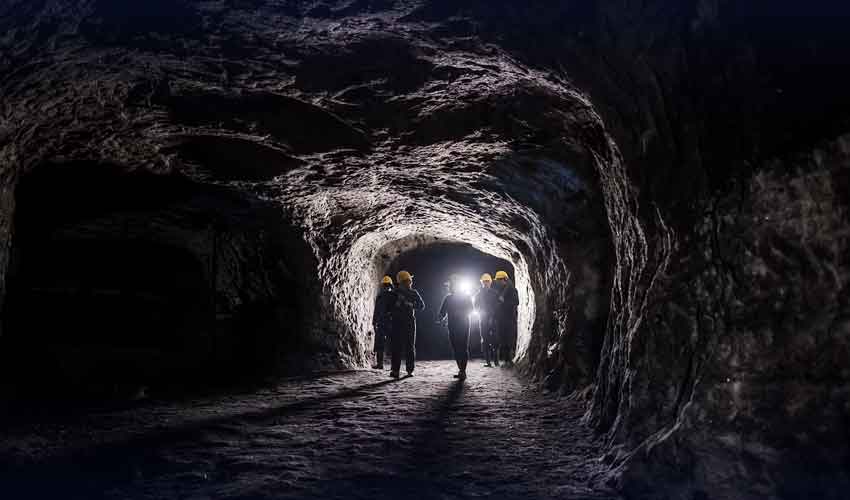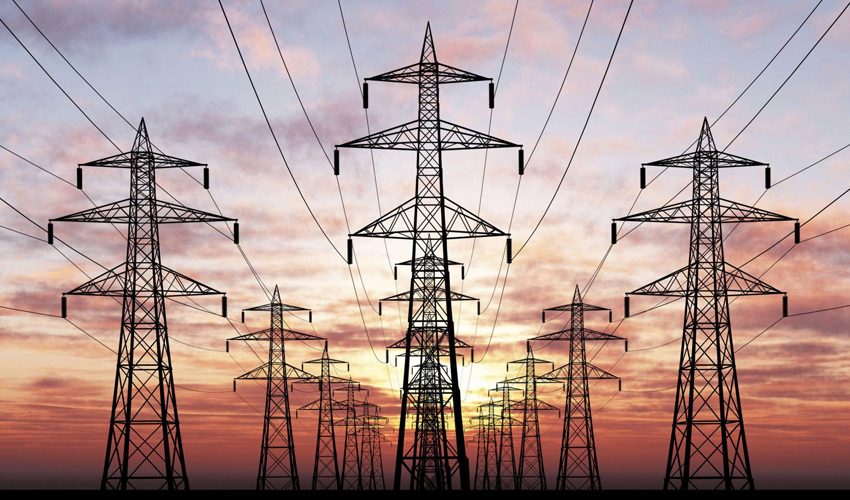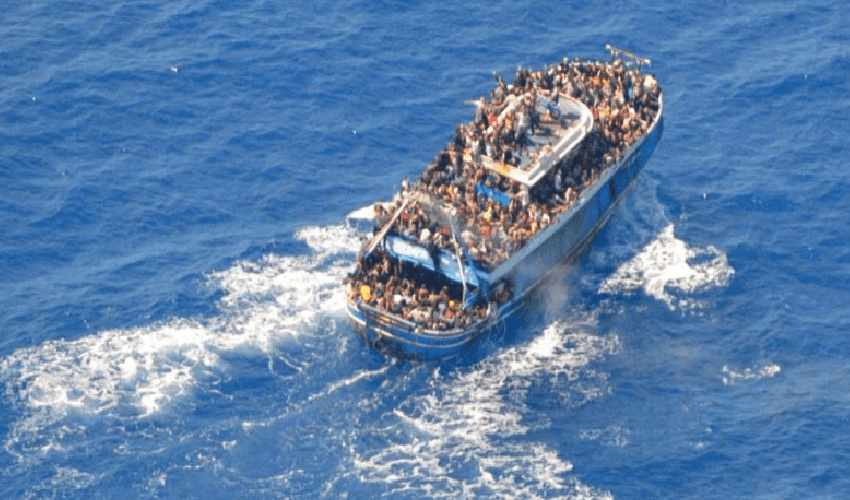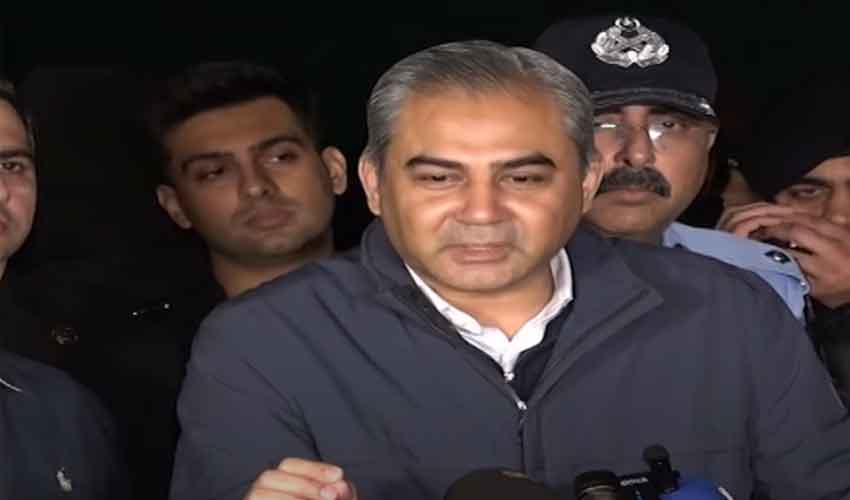Balochistan, once grappling with minimal educational infrastructure, has surged forward, witnessing a monumental shift from its humble beginnings to a thriving hub of learning.
Prior to 1947, the educational landscape of Balochistan was stark, with a mere 114 schools, including 1 high school, 16 secondary schools, and 97 primary schools, and a disheartening literacy rate of just 5.5%.
However, the dawn of progress emerged with the establishment of the University of Balochistan in 1970, marking a pivotal moment in the region's educational history. Subsequently, in 1987, Khuzdar University of Engineering and Technology further fortified Balochistan's academic journey.
Fast-forward to the present day, and the educational landscape has undergone a remarkable transformation. Today, Balochistan proudly boasts over 15,000 schools, 145 colleges, 13 cadet colleges, 2 cadet colleges for women, 5 medical colleges, and 12 universities, all contributing to a vibrant ecosystem of learning.
With a surge in educational opportunities, the literacy rate in Balochistan has soared to 54.5%, a testament to the concerted efforts towards enlightenment and empowerment. Balochistan's share in national scholarships stands at an impressive 56%, with over 45,000 students benefitting from quality education in military institutions annually.
The Pakistan Army's unwavering commitment to education is exemplified by the provision of scholarships to 7,728 students, amounting to Rs 154.98 million. Local students in Balochistan are reaping the benefits of educational initiatives, with 53% attending Army Public Schools, which also employ 1,050 local teachers. Additionally, 94 Frontier Corps schools have been established in remote areas, catering to 92.5% of local students and providing employment to 1,100 teachers.
The Balochistan Institute of Technical Education has been instrumental in shaping the future workforce, graduating 16 batches comprising 8,959 students, including 2,505 females. Despite progress, efforts continue to bridge the gap in educational accessibility. Currently, Balochistan boasts one educational institution for every 965 students, significantly better than the ratio in Punjab, which stands at 1 institution for 2,630 students.
The commitment to quality education is further evidenced by the teacher-student ratio, with Balochistan maintaining one teacher for every 305 students, compared to Punjab's ratio of 1 teacher for every 411 students. While challenges persist, including a gap in the number of cadet colleges, with Balochistan having one for every 1,150,000 students compared to Punjab's one for every 7,100,000 students, the strides made in education underscore Balochistan's journey towards enlightenment and prosperity.
In the pursuit of progress, Balochistan remains steadfast, guided by the beacon of education, illuminating paths towards a brighter future for generations to come.





